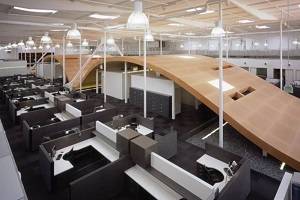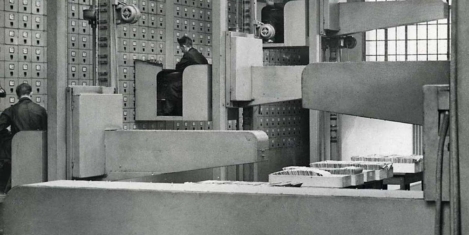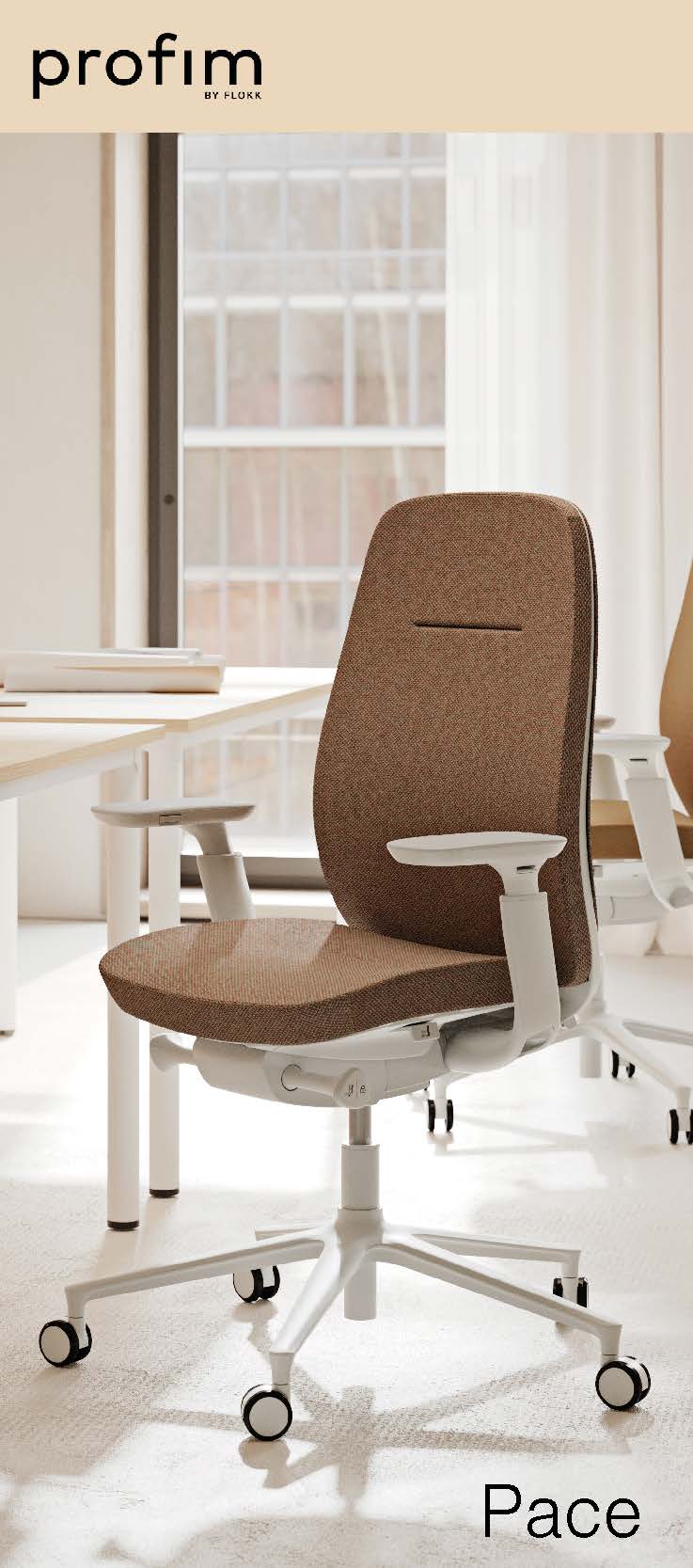July 26, 2013
Report: How will the future affect us or can we effect the future?
Workplace furniture specialist Kinnarps has published its Trend Report 2013, which is the culmination of detailed research across European markets and thought leaders, conducted in partnership with Stockholm based futurologists Kairos Future. The study distilled a broad overview of emerging and established trends, across Kinnarps’ European markets, to focus on eight key themes that will influence the workplace of the future. According to the report, big changes are already apparent in our society, but these will come to have an altogether greater impact on the way we evaluate our working environment. (more…)













 The office is no longer just a default location. Hybrid work has made it one option among many. At home, people have their own desk, their own music, their own kitchen. If the workplace is going to tempt them out, it needs something more than a chair and a meeting room. Fast WiFi and genuinely good coffee can change more about people’s experiences than you might expect. People might not talk about them much, but they notice when they are missing. Both influence how the day flows. When the internet is quick and the coffee is worth getting up for, the office starts to feel different. It becomes somewhere you do not just have to be, but somewhere you don’t mind spending time.
The office is no longer just a default location. Hybrid work has made it one option among many. At home, people have their own desk, their own music, their own kitchen. If the workplace is going to tempt them out, it needs something more than a chair and a meeting room. Fast WiFi and genuinely good coffee can change more about people’s experiences than you might expect. People might not talk about them much, but they notice when they are missing. Both influence how the day flows. When the internet is quick and the coffee is worth getting up for, the office starts to feel different. It becomes somewhere you do not just have to be, but somewhere you don’t mind spending time. 















September 30, 2013
Don’t let the sofas fool you; work can still be red in tooth and claw
by Twyla Howse • Comment, Flexible working, Furniture
Herbert James Draper: Ulysses and the sirens
We keep filling our workplaces with sofas, coffee shops and other lifestyle touches while our homes are being slowly eroded by the trappings of work. First it was the fax machine. Then the mobile phone. Then working from home. The places available for us to work is seemingly more diverse than ever. But does this acknowledged trend towards domesticity make the workplace a kinder, gentler place? Maybe on the surface but beware to those who dare succumb to the siren song of these things. Using them could mean the end of your career.A recent conversation I had with an executive highlighted the problems inherent in the mixed messages this “softening” of the work environment brings.
(more…)